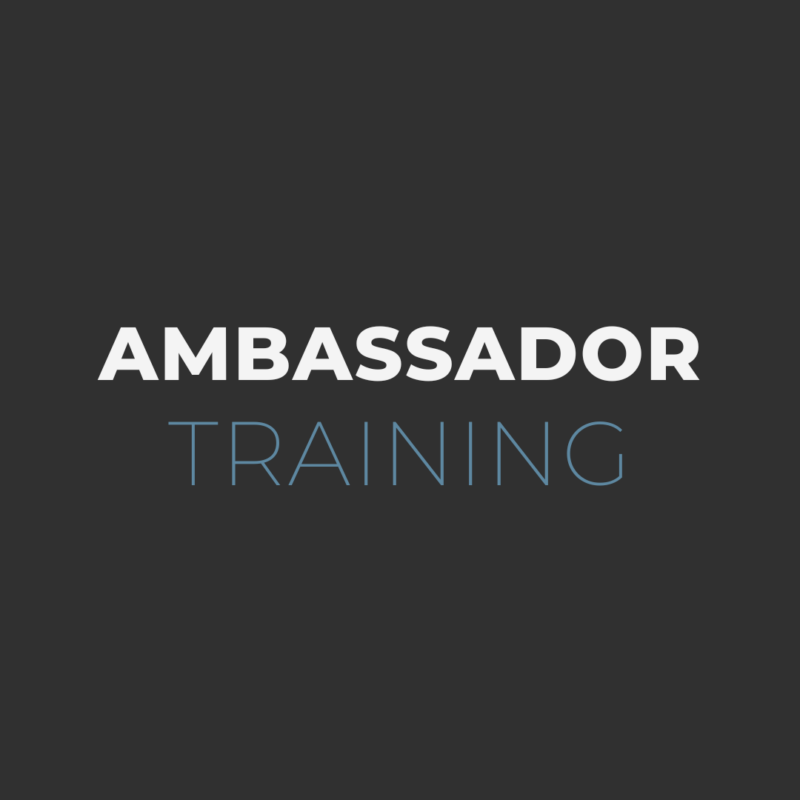Planning for the big [acquisition] announcement
At Obsidian, we’ve assisted a number of clients through the process of an acquisition. For some, it’s a regular occurrence, happening multiple times within a year, and for which we follow a standard, proven path. But, we’ve also been there to help family-owned businesses navigate their first major acquisitions, and this is where our intense, strategic planning has really been appreciated!
There are so many things to consider when planning for the announcement of a company acquisition, and so much of it involves effective communication.
First, ensure there’s an effective plan to communicate with all constituents.
It’s in the best interest of both companies to chart out exactly when and how news of the acquisition will be shared with key stakeholders. For example, there may be a group of people for whom an in-person announcement is necessary, such as the executives of the company, but it may not be possible to personally share the news with hundreds of employees across the country.
So, what is the most appropriate and swift way to share the news with this valuable group of stakeholders? A video message shared on the company’s intranet or a personal email from the president of the company?
Sometimes, distribution of the news to employees and customers must be put in the hands of directors, managers and supervisors. When this is the case, it’s vital that they are provided the tools (talking points, anticipated FAQs, etc.) to properly communicate the news.
Charting out a specific schedule of when and how stakeholders will be notified helps reduce the risk that employees and customers will hear of the acquisition through other outlets, potentially causing skepticism and distrust.
And, immediacy is the key here. As many interactions and distribution tactics as possible should be planned within a swift timeframe to provide less opportunity for those earlier in the “phone tree” to spread their take on the news. It’s also vital that all key internal audiences are informed before distributing the news to the media.
Prepare all communication materials for both companies.
The minute word begins to spread along your charted communication corridor, people are going to start doing their own research, so all communication outlets for both companies need to back up and support the messages relayed to constituents.
How will the acquisition be represented on both companies’ websites? What will on-hold messages say once the acquisition is announced? Who will need to be equipped with answers to anticipated questions that will come? (Think frontline employees and customer service representatives who will get questions from concerned customers.) How will employee business cards and email signatures represent the change?
All of these materials need to be planned, produced and ready to be distributed in sync with the announcement.
Go beyond the announcement – think grassroots efforts for a successful merger.
While the acquisition process may have taken months for the owners of the company, the announcement marks only the beginning for the company’s employees, customers and other key stakeholders.
Once employees are notified, what can be put into place to ease the transition? Can you organize a company retreat to let employees get to know each other? What about implementing a new mentoring program that fosters relationships between newly acquired employees and existing managers? Perhaps a few lunch-and-learn events would offer a way to communicate changes in protocols and processes as a result of the merger.
How can customers and other outside stakeholders be involved and engaged in the transition? Hosting an open house or some other come-and-go event provides an opportunity for acquired customers to get to know the company’s new representatives in person. Perhaps one-on-one interactions should be planned for new representatives and the acquired company’s long-tenured customers.
The key to being successful with the announcement of any acquisition is to think through the various people it impacts, how they might find out about it and what can be planned in advance to ensure effective communication and a smooth transition.


